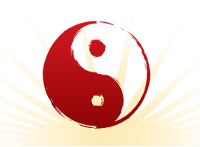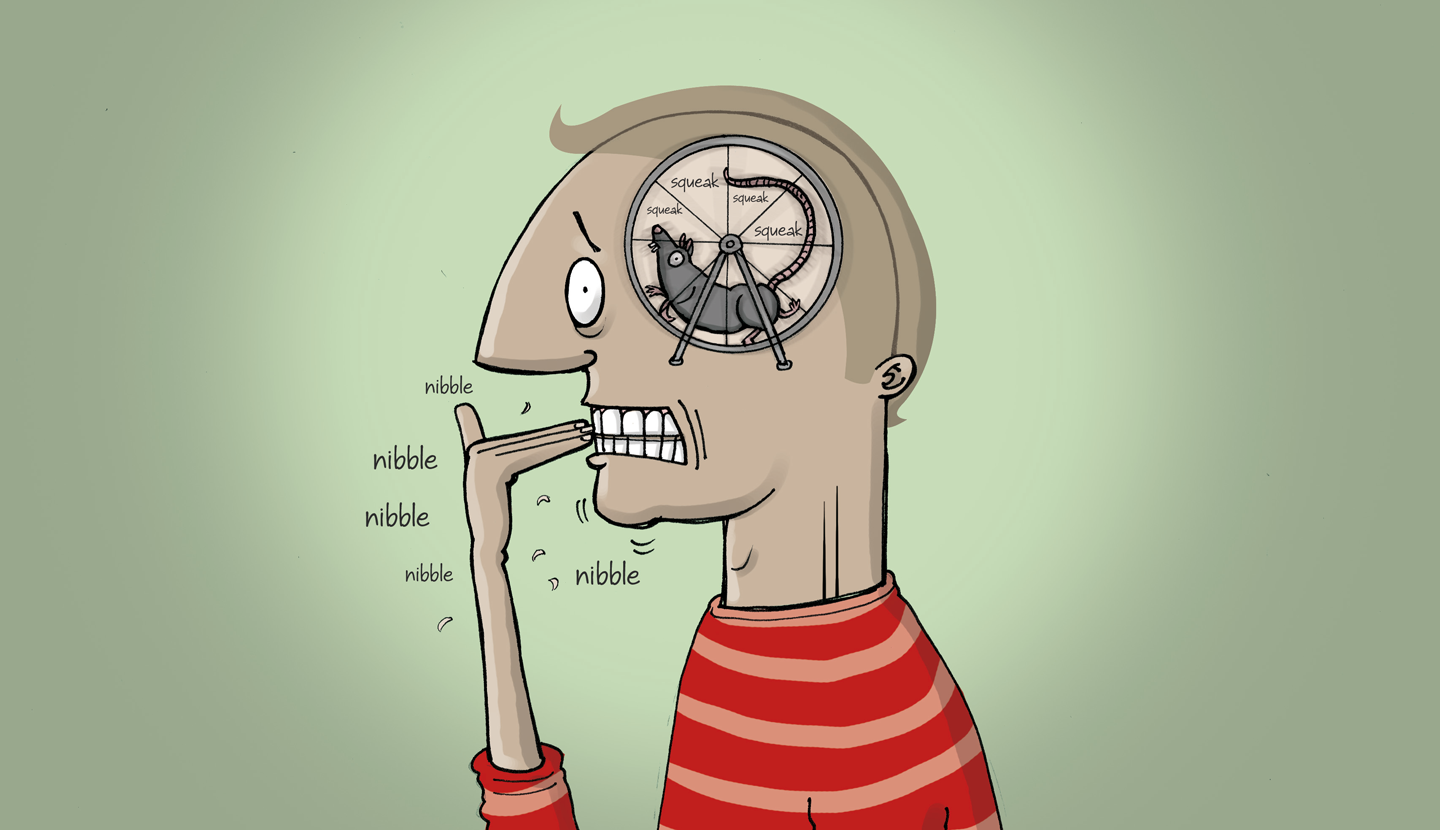Shop News
MTC Guide
Quick guide to the Traditional Chinese Medicine
1 Origin of the traditional Chinese medicine
2 Qi and blood - flow
3 Theory of yin and Yang
4 Theory bodies (Zhang and Fu)
5. Five components - linking between bodies
6. 8 Principles - imbalance between Yin/Yang pairs factors
7. The five emotions
1 Origin the traditional Chinese medicine 
It began in China over 3000 years ago, but their practice has no borders. It is currently practiced around the world. Chinese herbs are not only of China, they now come from all parts of the world.
The oldest known book on TCM is the classic of internal medicine of the Yellow Emperor. It was compiled by 200 AC. It is a summary of technical and medical ideas that were already used by the second century AC.
At this time, traditional Chinese medicine has expanded well beyond its traditional principles. Many variants and innovations are found, but some principles are immutable, as the yin and Yang, describing natural laws that our body is. Many of these principles make it much richer than modern Western medicine.
2 Qi and blood - flow
In Traditional Chinese Medicine the basic principle is Qi. It studies where it comes from, where it goes and how it flows. Our body is nourished and cleansed by it and is aware of how the Qi flows. Qi can be thought of as all the energies of the body, electrical, chemical, magnetic, and radiant.
Matter and energy (physical body and qi) are governed by natural laws such as gravity, time, inertia, friction, Yin and Yang. Everything affects us inside and out.
Qi has to flow. Movement shows that Qi exists. Heat teaches us that Qi is present.
There are many types of Qi. The Meridian Qi, the Defending Qi, the Nutritive Qi, the Fundamental Qi, and the Ancient Qi. There is normal Qi and countercurrent Qi, kidney Qi, lung Qi, and liver Qi (each organ has its own Qi).
Qi and Blood nourish the body. The Qi moves the Blood and the Blood is the mother of the Qi.
A normal flow of Qi and blood are the essential points for good health. When the blood or Qi is insufficient or blocked, we become sick.
3 Theory of yin and Yang
 Yin and Yang describe change.
Yin and Yang describe change.
Yin and Yang correspond to the sides of a mountain.
In the morning, one side is shadow and the other is sunlight.
During the day the sides are reversed.
Darkness changes to light and light to darkness.
This is nature, in constant transformation. Over time, the Yang changes to Yin and the Yin to Yang.
Transformation is a fundamental law of nature as well as gravity.
Yang and Yin complement each other as opposites. There is always Yin within Yang and Yang within Yin. One can not exist without the other.
The body and its disharmonies are changes between Yin and Yang. This helps to understand the causes and effects of diseases.
4 Organ Theory (Zhang and Fu)
In Traditional Chinese Medicine (TCM), the internal organs have the same names as in Western medicine - heart, liver, kidneys, etc. However in MTC these organs include more than the anatomical organ. Some also perform tasks that are not marked as functions thereof by Western medicine.
MTC being largely related to energy (Qi), the organs are involved in the production, circulation and storage of energy. For a TCM professional, the biological functioning of the organs is sometimes secondary in relation to how they function for the generation and circulation of Qi. When Qi is normal, the organ will behave normally.
Chinese Medical theory groups organs in Yin / Yang pairs. The Yin organs - heart, spleen, lungs, kidneys and liver are the most important Zang organs, structurally sound and primarily responsible for the generation and storage of Qi and blood.
The Yang organs - large intestine, small intestine, stomach, gallbladder, and bladder are known as Fu organs and are considered less important. They are hollow organs, largely responsible for digestion, transport, transformation and elimination.
There is another pair of organs that have energetic functions but that do not exist physically. They are the Master of the Heart and the Triple-Heater.
5. Five components - linking between bodies
The various parts of the body are interdependent. The heart depends on the lungs for oxygen. If the kidneys do not work well, all other organs suffer. The Five Elements help understand these relationships. There are five elemental types. They are: Fire, Earth, Metal, Water and Wood. 
Each element corresponds to a main organ system. Fire corresponds to the heart, Earth to the Spleen, Metal to the lungs, Water to the kidneys and Wood to the liver. Each element also corresponds to a flavor, color, body odor or emotion. Tears of these correspondences are:
1 - Wood / Green / Liver / Anger / Acid
2 - Earth / Yellow / Stomach / Spleen / Worry / Sweet
3 - Metal / White / Lungs / Sadness / Spicy
4 - Water / Black / Kidneys / Fear / Salty
5 - Fire / Red / Heart / Joy / Bitter
Each element is related to the rest according to three influencing cycles - the Generation Cycle (clockwise), the Control Cycle and the Exploitation Cycle (counterclockwise). Disharmony in one of the elements will create disharmony in the others.
6. 8 Principles - imbalance between Yin/Yang pairs factors
Another way to identify imbalances is according to the 8 principles. There are four Yin / Yang conditions that identify the nature and location of disharmony. The treatment plan is normally simple - strengthen the frank, cool what, moisten the dry, etc. These pairs are:
EXCESS / INSUFFICIENCY (shi / xu) Sudden illness is a sign of excess. Chronic illness suggests deficiency. The symptoms of excess are stronger or than those caused by deficiency.
INTERIOR / SURFACE (interior / exterior) Illnesses caused by deficiency, emotion or stagnation are interior. Viruses, bacterial infections are Superficiais. Superficial diseases can penetrate the body and become interior.
HOT / COLD People can be cold or hot. Diseases can be cold or cold depending on how they affect the body.
WET / DRY As life loves water, excessive moisture inside the body helps microscopic life proliferate, such as bacteria, viruses, fungi, etc. One part of the body can be wet (uma infeção da bexiga) and dry in another (dandruff). Excess phlegm, bloated tissue, and other fluids are also examples of moisture. Safety indicates lack of fluids. The causes of the secura are due to a deficiency of Yin or blood. Prolonged exposure to dry weather can cause body semen.
 7. The Five Emotions
7. The Five Emotions
Emotions mix in the body and in the mind. They affect the flow and rhythm of the organism that influences Qi. Qi directly affects the organs.
When emotions are intense, they change our body. Emotions correspond to the organs and the five elements, for example:
Joy (or its absence) is associated with the heart (fire),
The concern is associated with the spleen / stomach (earth),
Sadness is associated with the lungs (metal),
Fear is associated with the kidneys (water),
Anger is associated with the liver (wood).
Strong emotions prevent Qi and cause illness. Fear or anger lead to Qi constriction resulting in depression, stagnation.
